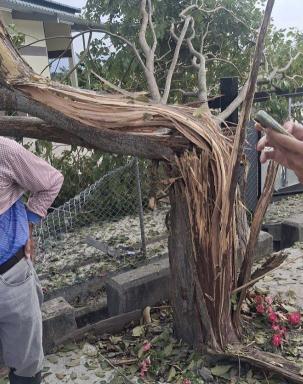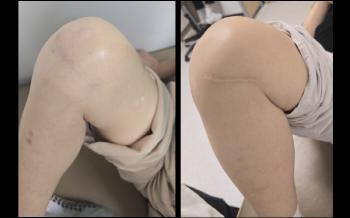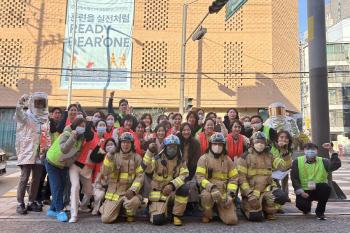Bone necrosis that BoA was diagnosed with...What kind of surgical therapy is it?
|
SM Entertainment said in an official statement on the 15th that `I would like to inform you that BoA's fifth solo concert has become difficult to proceed due to artist health reasons.' According to SM, BoA, who recently visited the hospital due to severe knee pain, was diagnosed with acute osteonecrosis, which required surgery as a result of the examination. The hospital found that excessive physical activity, especially performance including dancing, should be avoided, and as a result, 'BoA 5th Concert' scheduled for August 30-31 was completely canceled.
BoA's diagnosis 'bone necrosis' is a disease in which bone cells die due to a lack of blood supply to the bone. It can occur anywhere in the body, but it usually occurs in areas that contain joints, especially the femoral head, shoulders, knees, and spine.
In addition, although it can occur in all age groups, male patients were 1.6 times the number of female patients as of 2019.
According to the Health Insurance Review and Assessment Service, there are about four factors that can cause blood supply to be blocked.
First, fractures, dislocations, and joint damage have caused damage to bones and blood vessels in the bones.
Second, fat substances caused by excessive drinking can appear when arteriosclerosis occurs and blood circulation is impaired.
Third, it also occurs when fat substances accumulate in blood vessels due to long-term steroid drugs and blood circulation is not smooth. Since steroid drugs are mainly used for autoimmune diseases such as rheumatoid arthritis and vasculitis, osteonecrosis may occur after kidney transplant surgery or after arthritis treatment.
Finally, it rarely occurs without any other cause, but it does exist.
There are no symptoms in the early stages of bone necrosis, but pain is felt as it progresses gradually. In particular, walking or running with weight can worsen the pain and damage the joints, making joint movement difficult. In addition, bones become weak, so even a small impact can easily break bones. Therefore, it is important to detect and treat it early.
Treatment is largely divided into non-surgical therapy and surgical therapy.
Non-surgical therapy is performed if there is necrosis, but the size is small or the location is good, or if there is pain but the degree is not severe and does not significantly interfere with daily life. First of all, nonsteroidal anti-inflammatory drugs that reduce pain, drugs that dilute blood and help blood circulation, and drugs that help blood circulation by lowering cholesterol are prescribed. In addition, joint exercise is performed at an easy intensity to maintain the function of the joint, but there is also a way to reduce weight so that the joint does not strain.
Surgical treatments performed when it is difficult to cure with non-surgical therapy include osterectomy to remove necrotic bones, bone grafting to transplant healthy bones in other parts of the body, and artificial joint replacement to replace damaged joints with artificial joints. Since muscle strength decreases after surgery, rehabilitation exercise to build muscle strength should be carried out steadily every day, and it is important to use a walker or crutch to reduce the pressure on the bones until the cure is complete.
This article was translated by Naver AI translator.




